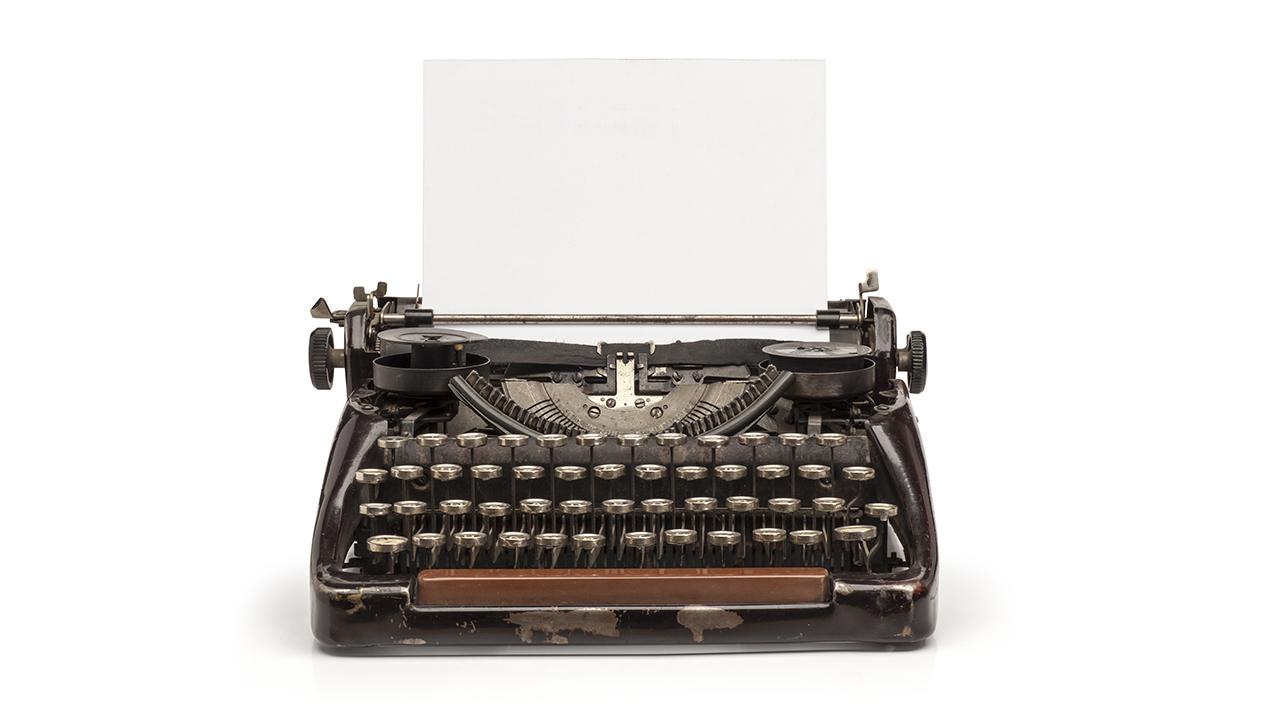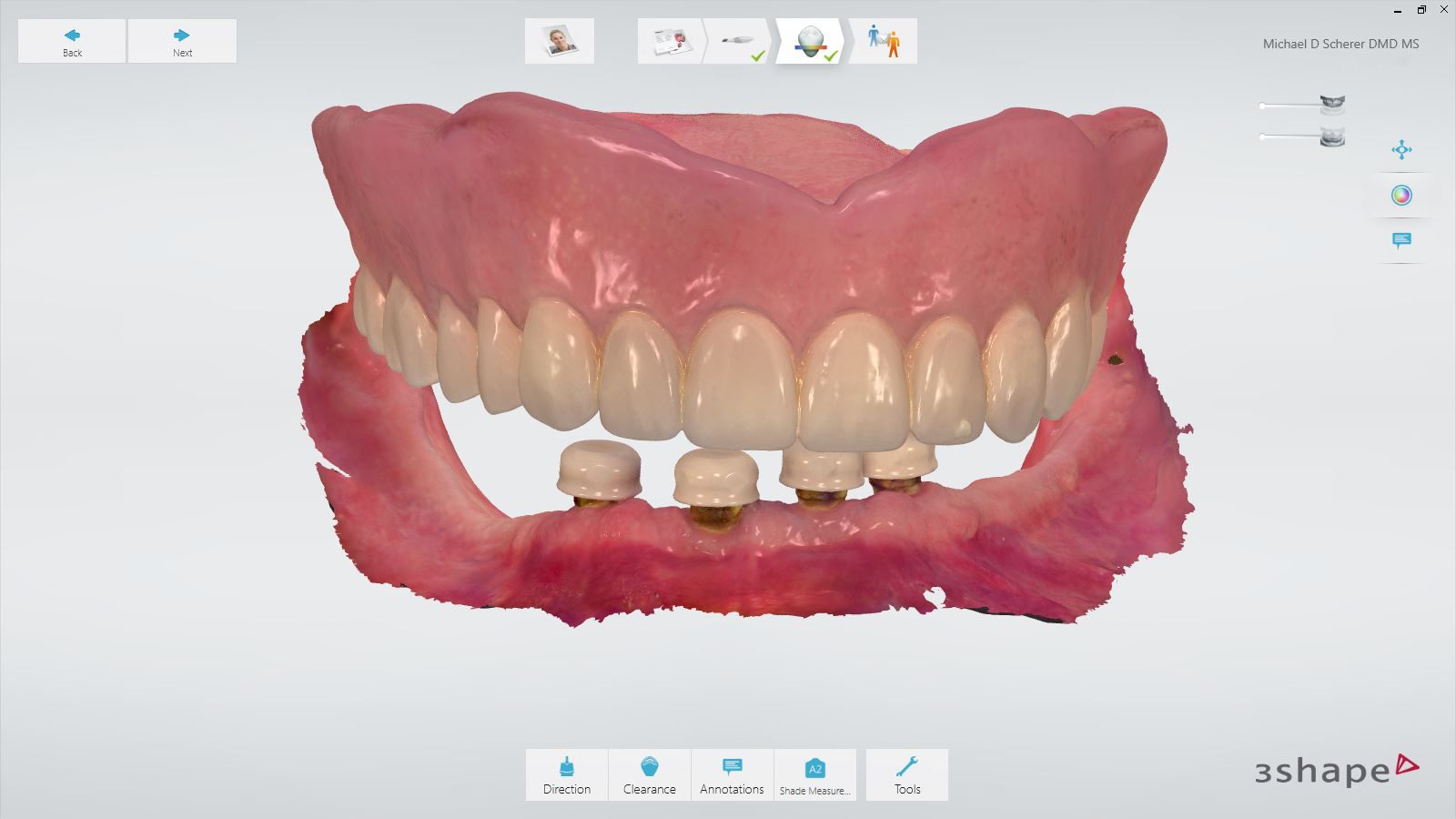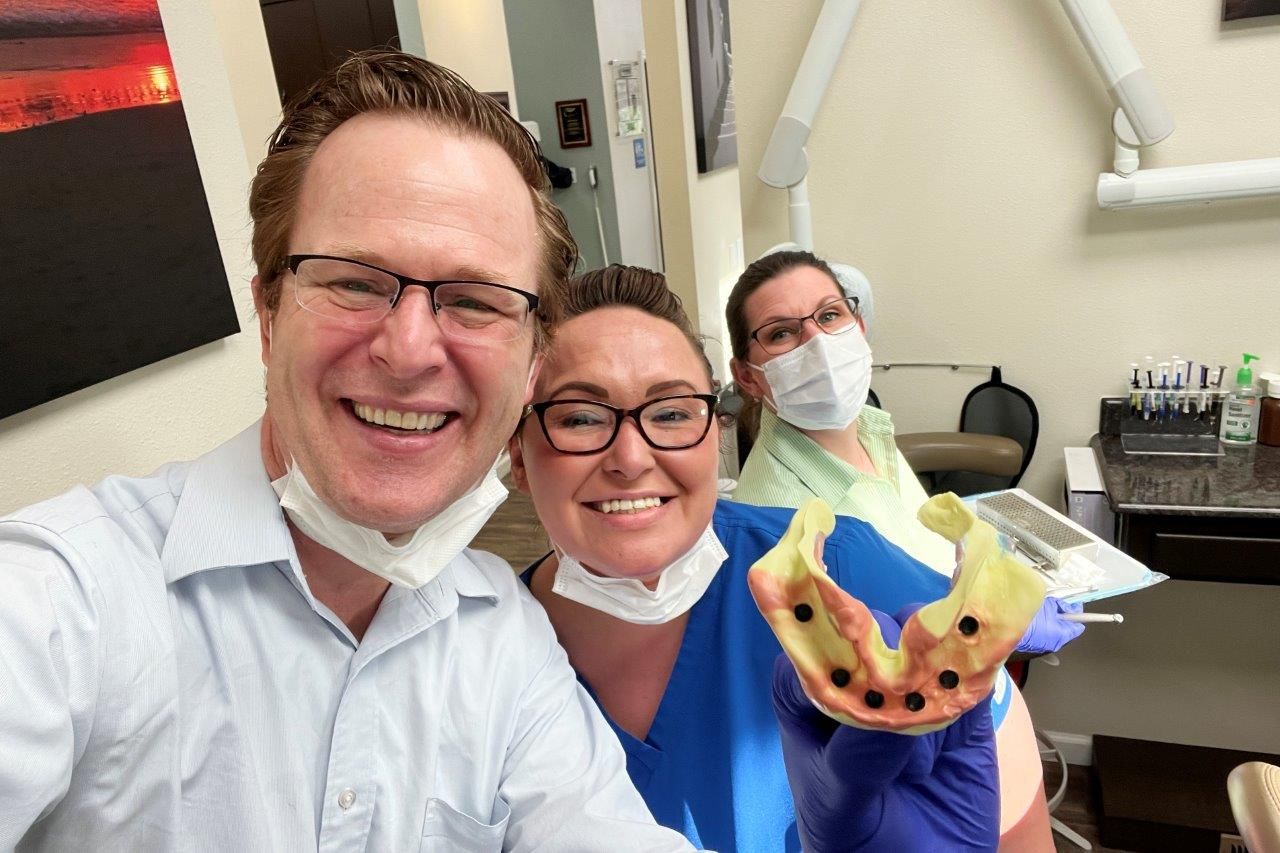- Home
- Blog
- Digital dentistry
- Digital or analog dental workf...
Digital or analog dental workflow? Here's why both need to be your best friend!

Many of the world’s greatest literary achievements were created with a pen or typewriter. And then, along came computers and word processing software such as Microsoft Word or Apple Pages. Did anyone notice an improvement in storytelling? Maybe it got faster but digital tools didn’t expand anyone’s imagination, or did they?
Thanks to computers, people tend to write more grammatically correct and spell better.
They may not have gotten any more creative, but they certainly have gotten more efficient. Has this freed them up to be more expressive and inventive with their writing?
Dentistry is at a similar crossroads with digital technology
Digital dentistry techniques won’t necessarily make you a better dentist or more creative overnight. But in my experience, they will improve your technique, and make your dentistry more predictable and efficient - just like the word processor did for writers.
I’ve heard many dentists complain that digital technology can’t make you a better dentist. They say, you can't take a so-so dentist and make them better with digital.
In my opinion, it is the opposite. I know because I’m proof. I am just an everyday average clinical dentist. But because of digital pathways, I can do things in dentistry that I could never imagine doing, and I can do the basic tasks effortlessly.
Now… if you asked me to draw something on a piece of paper it would look ridiculous. But give me Photoshop or PowerPoint, and I’ll go ahead and draw the Mona Lisa.
Digital technology has made a similarly huge impact on me as a clinician.

It should not be a question of one over the other
When it comes to dentures, implants, and reconstructions, digital pathways have made my work more predictable and time efficient. But I am not ignoring analog techniques because I work more digitally now. Ever since adopting intraoral scanning almost 10 years ago, I have only made a small handful of physical impressions for routine crown & bridge cases during those years!
I still use analog workflows for bigger cases
Analog and digital workflows are like good friends - especially when we talk about full-arch dentures and implant workflows. They just work together. And when doctors simply ignore digital pathways because they believe it can only be one or the other, they are mistaken.
I'm a better digital dentist because of my analog mindset. In my mind, the digital pathways that I take are no different from the analog workflows, except that I eliminate the PVS. In addition, digital enables me to also leverage the data I collect for design and production or at the very least, share it more easily with a treatment partner.
Digital dentures… well mostly
In a denture workflow for example, you can choose the analog workflow, with a traditional custom tray impression PVS, or you can do digital dentures with an intraoral scanner. You scan the identical arch, do a fully digital design but ultimately, you get to that same point as you would with PVS.
A lot of us think that it must be either or when we compare analog and digital. Somehow, we think that they are competing.
Our perception is to separate digital versus analog, and I argue that in dentistry, there is no such thing as a 100% digital dentist as there is no longer a need for a 100% analog mindset. Our clinical reality is that we should be thinking about how analog and digital can live together.
Studies have clearly documented digital pathways for any number of indications are at least as accurate as analog. And I’m not sure that anyone would dare argue with me about which one is faster or more comfortable for the patient.
But again, I’m not saying you need to choose one over the other. I think we should be taking advantage of both digital and analog techniques to provide the optimal treatment for our patients.
Making the case for digital and analog hybrid workflows
On my instructional website LearnDentistry you will notice that nearly every one of the cases that I demonstrate utilizes both analog and digital pathways, combining intraoral scanning with, for example, a conventional wax recording technique.
This is especially true with denture workflows when the maxillo-mandibular relationship must be accurately documented. You simply need to use an analog technique to do this with.
The studies I have reviewed have not concluded that this can be done both accurately enough in a simple method using a digital pathway – for now.
But once you determine the relationship, your occlusal rims can be scanned and then you return to the digital world for design and production.
Likewise, beginning your denture workflow with an intraoral scanner has tremendous advantages too.
Intraoral scanners capture oral tissue in a passive state. You create a mucostatic impression that can result in a much better fitting denture. Especially when your patient presents with thin, flat, sharp, or flabby residual ridges.
And if you are still one of those wondering if you can accurately intraorally scan edentulous patients, the literature supports that it can be done. I know because I do it regularly in my clinical practice.
A real-world example of how the two pathways work together to provide terrific treatments is the case of Germen Versteeg. By using the TRIOS scanner for an implant overdenture treatment and combining several steps in the design, he was able to save the patient three appointments.
*More cases can be reviewed on my own website or in the 3Shape case study library.If you are not using an intraoral scanner at this point. I suggest you consider it. You can get started with simple crown and bridge workflows, send the cases to your lab partner, and when you’re comfortable, expand your repertoire.
Going digital is not about learning new techniques, it is about doing what you’ve always done, digitally.
Although, I will say that being digital means you’ll need to improve your teeth preparations. But that’s a skill any dentist could use, even if they decide to throw out the scanner the next day and go back to conventional workflows.
But to tell you the truth, once you get used to intraoral scanning, you’ll never go back to goo.
